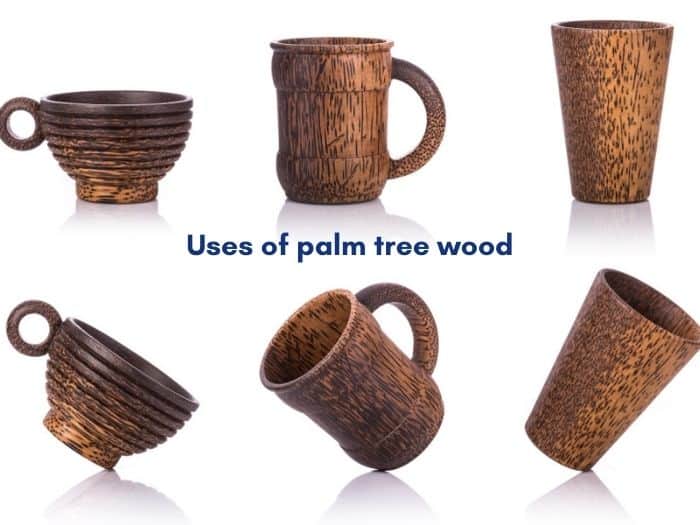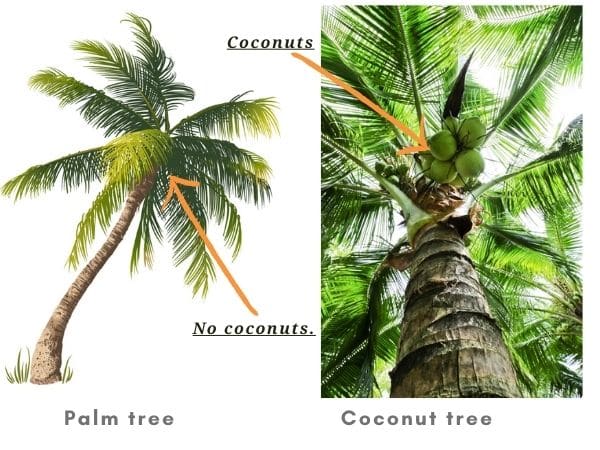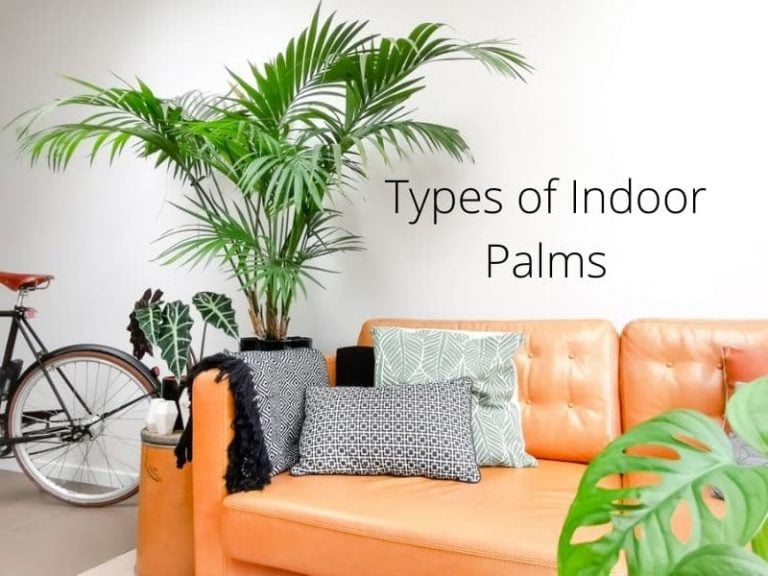Palm Tree Wood – Can You Burn or Use it for Anything?
Palm trees are not trees even though the name has the word tree in it. This plant is a grass belonging to the Arecaceae family but grows like a tree. But do palm trees have wood? What’s the wood used for?
Palm tree wood is not very strong because the plant is technically not a woody tree. It is neither a hardwood nor a softwood, but it can be burned as firewood and used for knife and tool handles, rafters, and boatbuilding. The wood is a fibrous bundle of low density with a Janka Hardness of about 2,020 lbf.

Do palm trees have wood?
Palm trees are not wood, and neither can they be categorized as hardwood or softwood. They have a cellular structure similar to grass, with trunks made of continuous fibrous strands. Palm trees do not have barks that are characteristic of woody trees.
Technically, palm trees do not have wood because the trunk consists of fibrous material that does not have the strength of normal wood. Palm trees are, therefore, neither hardwood nor softwood, just like other monocots such as rice, corn, and grass.
In contrast, woody trees have bark as the outermost layer of the trunk, with the cambium tissue lying underneath, followed by sapwood and a continuous deposit of wooden material.
Palm trees do not have the reinforcement of wood that’s otherwise produced from the secondary xylem in woody plants. They do not even have a bark – the inside of a palm tree’s trunk is the same as the outside as it is made of continuous strands of fibrous tissue.
What does palm tree wood look like?
Palm tree wood has a fibrous grain that looks like a fibrous bundle with a golden color with sparse black-brown specks. Unlike normal wood, which appears to have rings in the grain, the wood looks like a bundle of straws from the side that is cut.
Palm trees have soft stems made of flexible tissue and are unsuitable for making furniture or producing timber. However, palm tree wood is resilient enough, so it is used as an ingredient in some manufactured building materials.
Can you burn palm tree wood?
Yes, you can burn palm wood. Palm trees can make firewood but burn quickly while producing little heat. The firewood is not very good, but you can burn it after thorough drying to eliminate its high water content.
Although you can burn wood from palm trees, the quality of the firewood is inferior because it burns really fast and produces little heat. However, in some tropical regions, palm trees are the only readily available wood used in fireplaces for heating.
Palm trees grow fast and produce plenty of wood when cut down and dried. The drying process has to be thorough because the strands in the trunk accumulate a lot of water that’s translocated from the roots of the palm tree all the way to the leaves at the top.
When the wood is dried, it is best to burn it with a better-burning woody tree; otherwise, the fire will go out really fast. Another problem with burning palm tree wood is that it produces a lot of ash, so the clean-up process will be too heavy.
Characteristics
Since palm trees are not real trees but grasses, the characteristics of their wood are unique and different from that of woody trees.
One of the main characteristics is the absence of bark on the palm tree. The wood does not require a bark to be removed since the material on the outside of the tree remains the same even on the inside. This is one of the reasons palm trees grow fast.
Another notable characteristic is the light density of the wood compared to normal wood. For example, the density of red palm tree wood ranges from 25 lbs/ft3 to 62 lbs/ft3.
Here’s a table with some characteristics to consider:
| Density | About 25 lbs/ft3 to 62 lbs/ft3 |
| Structure | Strands (not rings or grains) |
| Color | Faintly golden with specks |
| Nature | Fibrous, spongy, and soft |
Uses of palm tree wood

Woodcuts from palm trees, such as coconuts, may not be strong and “woody,” but are still useful in many ways. Apart from being burned in fireplaces where other wood alternatives are unavailable, palm trees can be utilized in many other ways.
Palm trees like the black palm have a 2,020 lbf Janka Hardness score, meaning it is too soft to be utilized as other dicotyledonous woods. However, it is still used in many ways.
Here are the uses of palm wood:
Making hammocks
Along coastlines, you’ll find hammocks hung on live trees. These hammocks are made using palm tree fibers.
The fiber made from the trunks of palm trees and their wood is also used as a raw material for weaving out other fibrous household items. When woven, it is strong, durable, and offers a unique appearance of a natural material.
Making hats
The reed-like fibrous structure of palm tree wood makes for great material for weaving traditional clothing. Sun hats, for example, are some of the most common outfits made from the strands made from these trees.
Fireplace firewood
As discussed above, palm trees can also make firewood even though their quality is not very admirable.
However, in communities where these trees are in plenty and readily available, chopping the trunks and drying the pieces out produces firewood that can be mixed with high-density wood for fireplace use.
Making wicker furniture
Some palm trees have characteristically flexible woody stems that make them climb instead of growing like the usual palm tree. Rattan palm trees are a good example of this type of tree, which produces wood used to make rattan furniture.
In places where rattan palms grow, their wood is mainly used to make baskets and furniture, also called wicker furniture.
Wicker furniture is the kind that’s woven; that’s why this particular type of palm tree wood is preferred due to its flexibility.
Oil production
The wood of palm trees is extracted to produce an oil used in soft drinks to add aroma and taste. The oil is also used as a preservative in various foods, especially in small-scale food manufacturing industries.
The oil is also added to some household products, such as soap, to improve the smell, softness, and shelf life.
Other uses of this wood include making posts for signs, poles for building bridges, building materials for temporary structures, flooring, boatbuilding, knife handles, and rafters.
READ MORE: Ways to Fix Brown Leaves in Areca Palms
Resources
- N.B. Hutcheon and J.H. Jenkins, National Research Council of Canada: Characteristics of Wood
- Wikipedia: Rattan and It’s Uses



